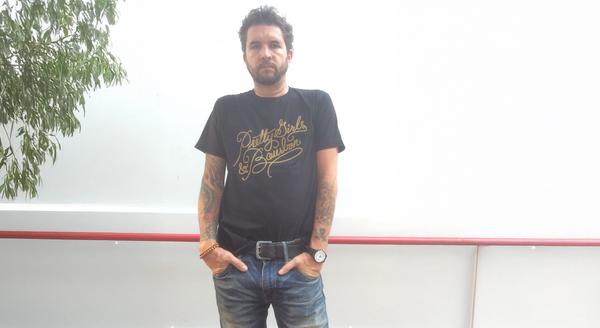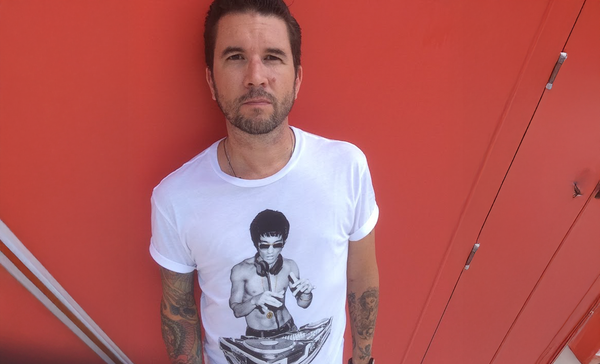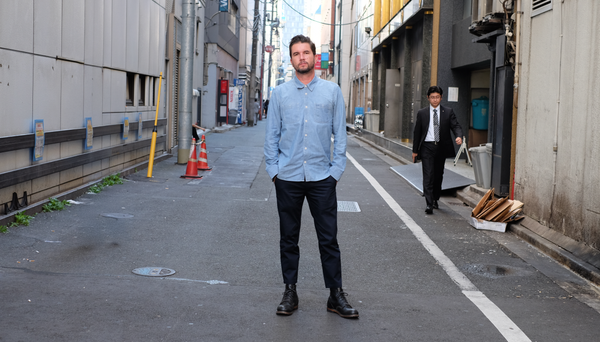When Did “Good Enough” Become Good Enough?
A reflection on AI, apathy, and the quiet collapse of creative standards

I’ve been thinking a lot about this phrase I keep hearing lately:
“It’s good enough.”
Sometimes it comes with a shrug. Sometimes it’s a sigh of relief. Other times, it’s not said out loud at all. It just hangs there, unspoken, underneath the decision to move on, publish, post, approve.
And I get it. I really do.
There’s more work than there is time. There are deadlines. There’s pressure. But still, I can’t shake the feeling that something’s shifting. And not in a good way. Because somewhere along the way, “good enough” stopped being a temporary checkpoint and started becoming the finish line.
We’re Not in a Race to the Bottom. We’re in a Drift.
This isn’t about blaming AI.
If anything, AI is doing exactly what we trained it to do. It gets us to good enough faster. It fills in gaps. It turns briefs into options, options into outputs. And yes, most of it is fine. Some of it is even good.
But that’s precisely what’s so dangerous. When something comes back 80% complete, we start convincing ourselves that it’s 100% ready. We don’t push. We don’t question. We don’t iterate.
We just… move on.
Because the next thing is already in the queue. Because we’ve been taught that faster is better, and that “good enough” is a win. But what are we actually winning?
The Discipline of No
A few weeks ago, I turned down a project. It was a good one. Perfect for what I do, which starts with questions.
The team had already set a direction, and deep down, I knew it wasn’t right. They knew it, too, on some level. But rather than pause and rethink, the answer was, “We’re too far in. We need to finish.”
And so, I decided not to bring them on as a client. I was very clear in my discussions with them. The direction of the work was not incrementally better for the company, nor for their customers. It not only added confusion to their value proposition, but it was mediocre at best and would not stand out in a crowded space.
But more importantly, if I agreed to pick up the project and continue down this path, it would have meant that I was agreeing to something I didn’t believe in.
It’s easy to talk about standards in theory. Much harder to live them when there’s money on the table and momentum pushing the wrong way. And while I need the work, I also need to be able to stand up for the work.
But that’s the job. That’s the point. If we can’t say no when it matters, then what exactly are we still doing here?
Every piece of work we put into the world carries our name, our time, and our taste. It says something about what we stand for, even when we think no one’s paying attention. I don’t want my name next to something that’s just “good enough.” I want it next to something that made me think harder. Feel more. Try again.
Because that’s the only way this work still means something, and it’s the only reason I’m still doing it.
What Happens to the Hard Stuff?
When AI handles the easy stuff, and it already does, it quietly changes the value of everything else.
The strategic thinking. The storytelling. The ability to hold an idea through rounds of ambiguity. The judgment to know when something feels right, and when it doesn’t. All of that gets harder to protect when the industry starts to believe that a passable first draft is all we need.
The longer we accept “good enough,” the fewer people we’ll have who can do the hard stuff. Because that kind of thinking, that kind of care, isn’t something you pick up on the side. It’s built over time. Through failure. Through feedback. Through craft. Through leadership.
And if we don’t continue to make space for that, if we stop valuing it, we will lose it.
Not overnight. Not dramatically. But slowly. Quietly. Irreversibly.
The Real Risk Isn’t AI. It’s Apathy.
I’m not worried about being replaced by AI. I’m worried about my clients and my industry being rewired by it. I’m worried we’re starting to confuse convenience with creativity. I’m worried we’re choosing safe over sharp.
I’m worried that the best work, the work that makes you feel something, question something, remember something, is being edged out in favor of stuff that … fills the space.
We used to sweat the details. Now we auto-fill them. We used to write. Now we prompt. We used to trust our instincts. Now we wait for suggestions.
I’m not romanticizing the past. But I’m not ready to surrender my future, either.
So What Now?
This isn’t a wake-up call. It’s a question.
What are you still willing to fight for?
What’s the last thing you refused to approve because it didn’t feel right? When was the last time you said, “No. Go again. Go deeper. We can do better”? We all have moments when “good enough” feels like the only option. That’s okay.
However, when “good enough” becomes the standard, we begin to lose the very things that made our work meaningful in the first place. So no, this isn’t about perfection. It’s about care. It’s about standards.
It’s about refusing to let the machines set the bar and refusing to lower it ourselves. The future of creativity is evolving, but not in a positive direction. I’m seeing creativity become more about what a tool can do, rather than what we’re trying to say, not about meaning, or message, or resonance, but about speed, novelty, and volume.
We’re measuring success in terms of prompts and outputs, rather than impact. In variations, not in voice. In productivity, not in purpose. And if we’re not careful, we’ll forget that creativity was never just about making things.
It was about making things matter.

If you made it this far, well… you’re clearly not the “good enough” type either.
Something in this article landed, and that means you care about the work, the craft, the why behind it all.
Let’s talk. Let’s make things that matter.
Let’s use AI as a spark, not a shortcut. Let’s harness the tension, not surrender to it.
Because if we’re going to share the future with machines, let’s at least make sure we’re the ones still thinking.



